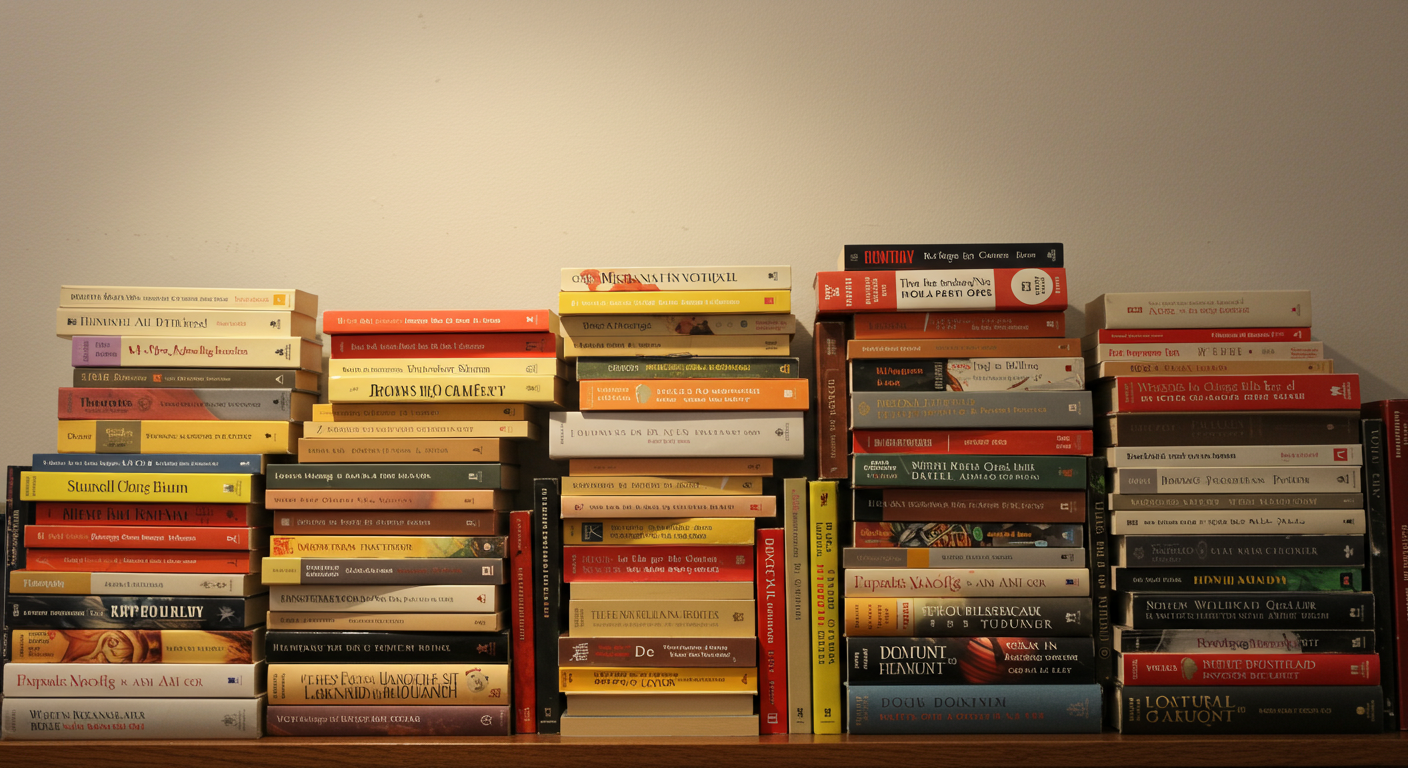If you are interested in becoming a librarian in Japan but have only graduated high school, you may be wondering if there is a way to obtain a librarian qualification through a 2-year correspondence program. In this article, we will explore the requirements and options available for individuals looking to pursue a librarian qualification in Japan through non-traditional education routes, including distance learning programs.
- Understanding the Librarian Qualification Requirements in Japan
- Can You Obtain a Librarian Qualification with a High School Diploma?
- How Long Does It Take to Complete a Librarian Qualification through Correspondence?
- Choosing the Right Correspondence Program
- What to Expect After Completing a Correspondence Program
- Conclusion: A Feasible Path to Becoming a Librarian with a High School Diploma
Understanding the Librarian Qualification Requirements in Japan
In Japan, becoming a certified librarian typically requires a university degree, specifically in a library science or information science program. However, there are alternative pathways for those who have a high school diploma and wish to pursue a career in library services.
The basic requirements for becoming a librarian in Japan involve completing a recognized course of study in library science, either through university or specialized programs that provide the necessary skills and knowledge. In many cases, obtaining the qualification requires passing a national certification exam.
Can You Obtain a Librarian Qualification with a High School Diploma?
While a university degree is traditionally required, there are indeed options for high school graduates to pursue the qualification. One of the most common routes is enrolling in a correspondence program or distance learning course offered by accredited institutions. These programs are designed to provide the necessary education and training to become a librarian without requiring full-time attendance at a university.
Some universities and specialized schools offer 2-year correspondence programs that allow students to study part-time while working or managing other commitments. These programs often combine online coursework with practical experience, and they may culminate in a qualification that is recognized by the Japan Library Association or other relevant bodies.
How Long Does It Take to Complete a Librarian Qualification through Correspondence?
For individuals with a high school diploma, a 2-year correspondence program is typically the most feasible option. These programs are structured to be flexible, allowing students to complete coursework at their own pace. However, while the program duration is generally two years, the actual time needed to become fully qualified may vary depending on individual circumstances, including the specific program chosen and the student’s prior experience or knowledge.
In addition to the coursework, some programs may require students to complete practical training or internships in libraries to gain hands-on experience. This component is essential for ensuring that students are adequately prepared to work in real-world library settings.
Choosing the Right Correspondence Program
When selecting a correspondence program, it’s important to consider several factors, including accreditation, curriculum quality, and the support provided to students. Many reputable universities and vocational schools in Japan offer these programs, and they often provide guidance on preparing for the national librarian certification exam.
Additionally, some programs may offer courses in specific areas of library science, such as digital libraries, information management, and cataloging, allowing students to specialize in areas of interest. It’s also important to verify whether the program is recognized by the Japan Library Association, as this will determine whether the qualification meets the national standards.
What to Expect After Completing a Correspondence Program
After completing a 2-year correspondence program, students may be eligible to take the national librarian certification exam. This exam tests knowledge in areas such as library management, cataloging, and information technology. Upon passing the exam, graduates can officially become certified librarians and pursue careers in various libraries, including public libraries, academic libraries, and special libraries.
In some cases, graduates may also be able to apply for positions as library assistants or other related roles while working towards full certification. Many libraries in Japan value practical experience, and this can be an excellent way to gain hands-on knowledge in the field while preparing for the certification exam.
Conclusion: A Feasible Path to Becoming a Librarian with a High School Diploma
While becoming a librarian in Japan traditionally requires a university degree, a 2-year correspondence program is a viable alternative for high school graduates. These programs provide the flexibility to study while working or managing other responsibilities, and they equip students with the necessary knowledge and skills to pursue a successful career in library services. By choosing the right program and preparing for the national certification exam, you can fulfill your dream of becoming a certified librarian in Japan.



コメント